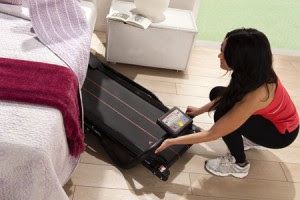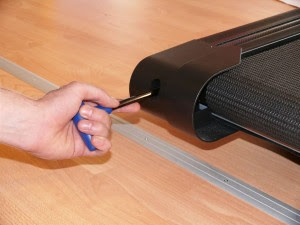All
the belts have a lifespan and when the engines overheat for the effort
this is almost always due to the high coefficient of friction between
belt and base.
Does
the belt stop or doesn't seem to have the strength to carry the
person using the treadmill? Do you notice an excessive consumption
(high amperage)?
This
is a warning signal that the belt or the deck are in bad shape and
need to be replaced urgently.
If
you don't change the belt, the motor brushes wear out faster (for DC
motors) and you risk compromising your controller (both for DC and AC
motors). The smell coming out from motor that sometimes smells like
"burnt paint" indicates that the windings are overheating
and protective resin is likely to melt. If we do not control and
settle belt and deck, sooner or later it will happen the same thing
even with a new motor. Belt manufacturers indicate a useful lifespan
of two or three years. In practice, for domestic use a standard belt
lasts 3-4 years, a quality one up to 5/6 years. In the gym lifespan
does not exceed more than 2 years.
It
is important for treadmill owners to understand what they must
replace regularly, therefore establishing in advance the expenses and
the amortisation of their investment.
A
preventive maintenance pan for treadmills: things to do at least
every two months for commercial use (gyms)
Basic
cleaning (dust and impurities) with suitable, NOT aggressive,
cleansing agent.
Vacuum the
engine compartment (NO water, use a vacuum cleaner and do not touch
directly the electronic components).
Motor control
(check brushes if DC motor).
Check the
drive belt and its tension
Inspection of
the controller (connectors).
Tilt motor
control (functional tests and cleaning/lubrication of screw only).
Cleaning and
lubrication of the deck.
Belt
monitoring: upper and lower side inspection, cleaning, lubrication
with spray lubricant for treadmills, tension and alignment/centering.
Checking/cleaning
the rollers and the drive system.
Where
necessary: calibration of the speed.
Amperage
testing with no load and with load.
Final
functional test with no load and with load.

























